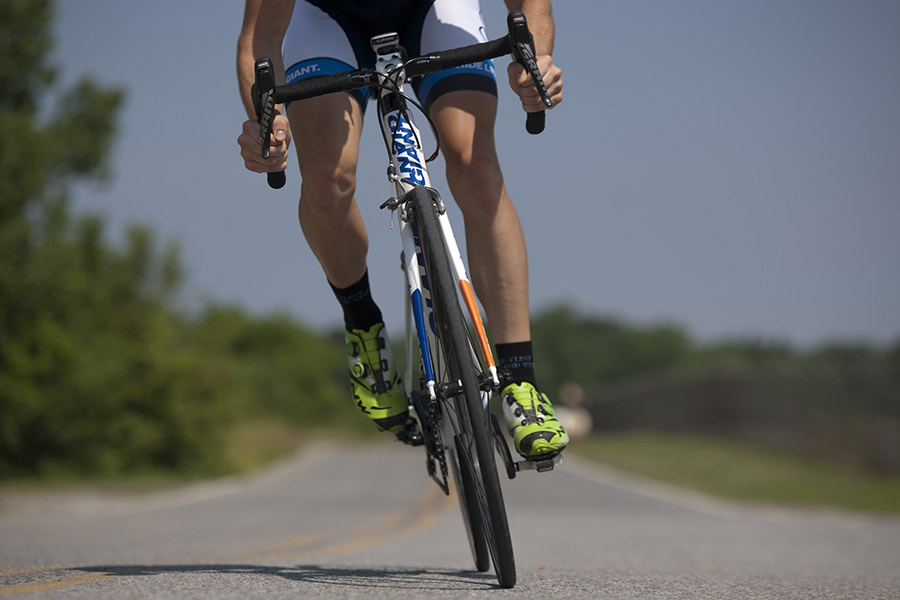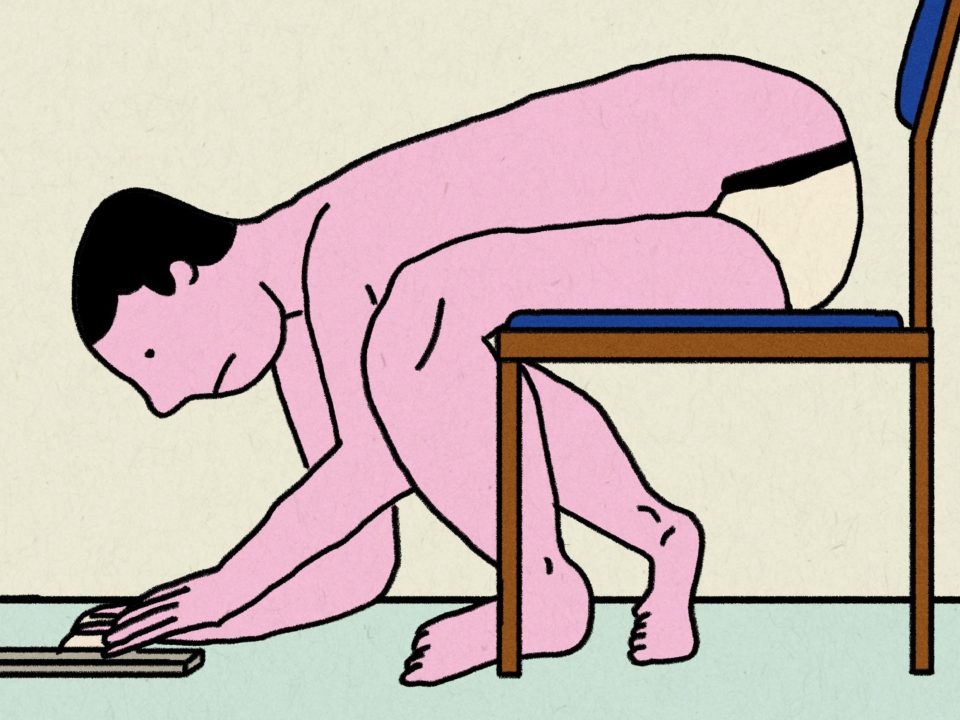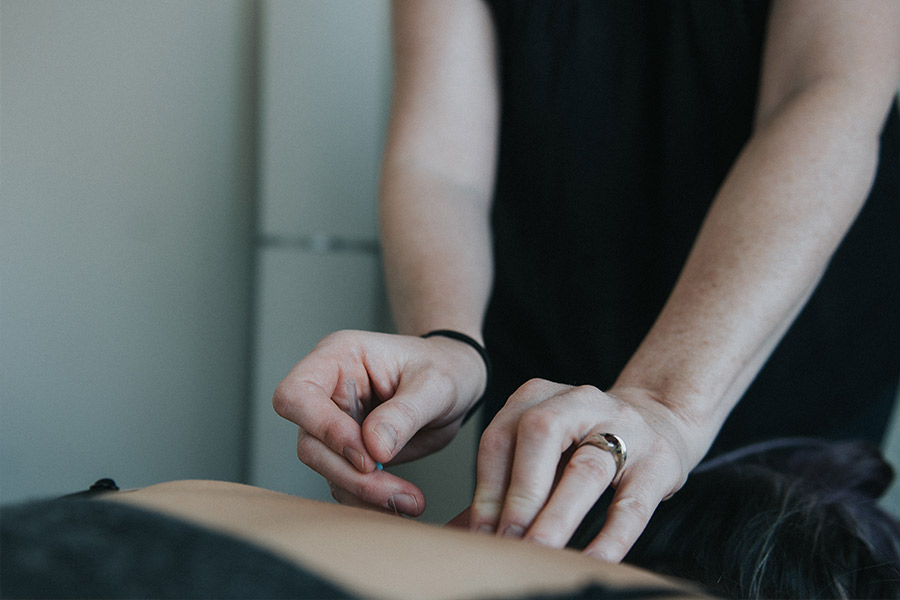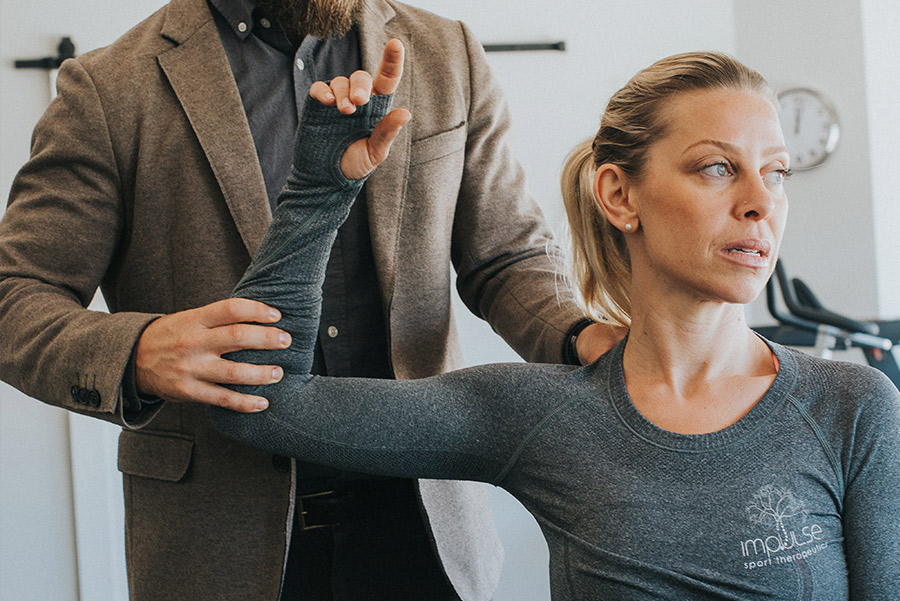Let’s talk about cycling and proper bike fit.
I’m Mark Porter, RMT and the road bike geek at Impulse Sport Therapeutics. I’ve been on one kind of bike or another since I’ve been old enough to reach the pedals, so this will be the focus of my blogging.
Few things in life make me happier than grinding up a hill, or better yet flying down one, on a warm summer day. All that and a beer at the end of the ride.
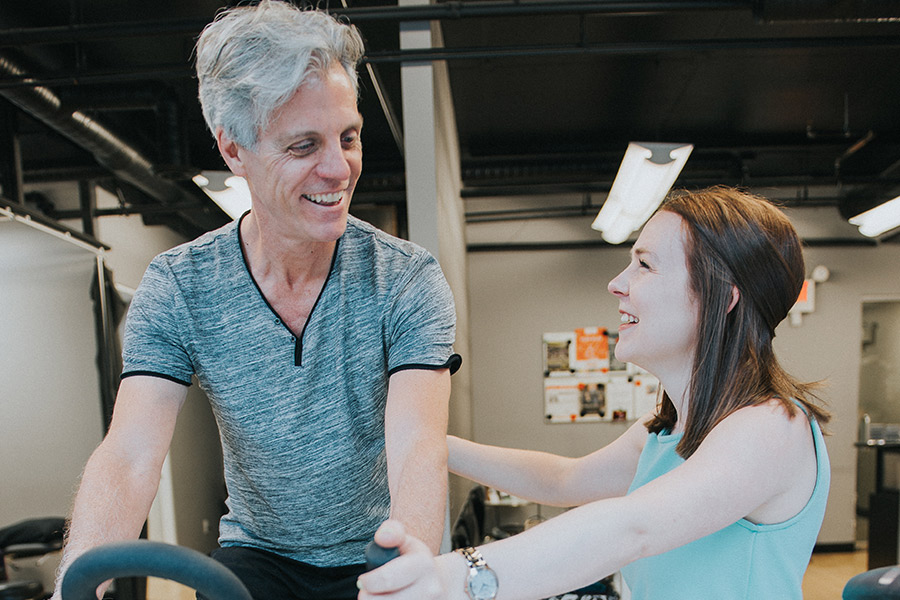
Avoid Injuries And Improve Performance
As an RMT, I’ve spent a lot of time researching the perfect technique to “fit” a bike so cyclists of any body type or measurement can get the best performance, and avoid chronic injuries, from their bike.
If you’ve experienced chronically sore knees or lower back, like I have, it might be the result of an improperly fit bike. Before you panic, stop reading, or maybe thank me, this doesn’t mean you need a new bike. It just means you might need to make some adjustments.
To cut to the chase, there are a number of theories about how a bike should fit and I’ve studied all of them. I’ll talk about that shortly. But for those of you who just want a fix, here’s the thing:
Adjustments & Metrics
Assuming you have a bike frame that fits you or is close to fitting you, here are some adjustments and metrics I would recommend.
When you are riding, your center of mass should be 2 to 4 cm in front of the bottom brackets, with your hands on the brake hoods. It’s entirely possible that the bottom of your knee (tibial tuberosity) will be centered over the pedal axle but that’s not the focus here.
This will be different for everyone depending on your body proportions (limb lengths), but you should look something like figure 3 when in motion:
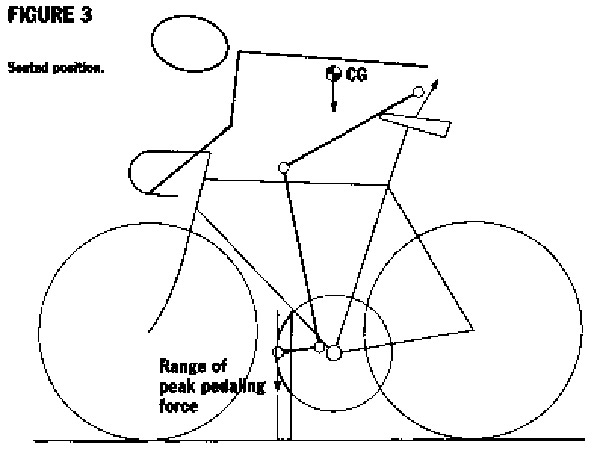
Knee Over Pedal Spindle
If you’re still reading, let me debunk a popular bike fit theory called K.O.P.S. (Knee Over Pedal Spindle.
In my 20 years as an RMT, I’ve seen too many clients with repetitive strain injuries from religiously following this fitting technique. K.O.P.S. theory is that the bike should be set up so the cyclist’s knee is centered directly over the pedal spindle when the cranks are level (3 and 9 o’clock positions).
Another way of putting it is if you had a plumb bob hanging from your knee it would pass through the pedal axle.
It will look like the image below.
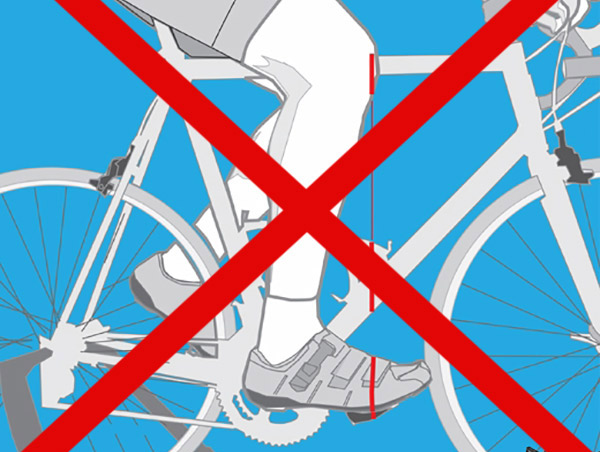
Cycling is easy on the joints if you do it right
While this fit may work for some people – again, all bodies are different – I don’t recommend it. And you might find that when your center of mass is 2 to 4 cm in front of the bottom bracket, you look like the photo above. But the knee/pedal axle alignment should not be your goal.
Let’s Connect
If you have anything to add, questions or comments, please jump in. I love to talk about cycling. My next post will talk about cleat position. Stay tuned!
Book An Appointment
Visit our talented therapists in the West Vancouver Clinic or the Port Moody Clinic to see how they can help you!


